In anticipation of Halloween and the release of Season Two of Stranger Things on Netflix, The Unbound Writers dug into their collections of 1980s and 1990s favorites to share a few scary recommendations. The young heroes of Stranger Things are middle-schoolers, Dungeons & Dragons nerds, and victims of the pervasive bullying that accompanies that horrid part of childhood, who rise to the challenge of vanquishing the beast. The episodes feature ‘80s anthems and pop, and period-correct hairdos certain to raise goosebumps. But the creature that crosses dimensions to attack and eat us is straight out of nightmares and rendered with 21st-century tech for maximum fright value. That’s a good thing, because a guy in a scary monster suit hasn’t scared us since the early ‘80s. Read on to find out what still does.
Lisa Mahoney Recommends: Neil Gaiman’s Neverwhere, with New Illustrations by Chris Riddell (2017)
I hadn’t really thought about the fantasy classic, Neverwhere, as a Halloween recommendation. It was more a classic hero’s journey: ordinary guy leading an ordinary life gets The Call to Action (in this case a wounded Lady Door in distress), is sucked unwittingly into the Underworld helping her, and defeats enemies using brains and brawn. As sometimes befalls our archetypal Heroes, he can’t go home again, and Richard is unable to function in the ordinary world where everything seems inconsequential, boring really, because of his difficult trials and magnificent feats in the Underworld.
But this is a real Underworld, called London Below, that is filled with Halloween-esque creatures. The Marquis de Carabas returns from the dead. A legendarily lethal boar the size of a tank, bristling with the broken spears and swords of heroes it's killed over the ages, roams labyrinths. Beautiful, chilly, vampire-like creatures called velvets can suck the heat and life right out of our heroes, and an angel banished downside is more like that Halloween standard Lucifer than Gabriel, its mortal enemy.
You see, it’s the lively new art that adds an extra burst of scariness. Some pages are fully devoted to art, but many have drawings in the gutter space surrounding the words—terrified faces, stringy hair, bulging eyes, hints of ragged clothes—and give this classic alt-world fantasy a new and unexpected level of horror.
And if the trick of it is the illustrations, the treat of it is an extra Gaiman story at the back of the book, first published in 2014. Set in London Below and titled “How the Marquis Got His Coat Back,” the tale picks up a week after Richard and Door’s adventure ends. The story teaches us how to do favors for, and accept gratitude from, strangers and those we love, with grace. No spoilers for this one, which most Unbound Readers probably will not have read yet.
Danyelle C. Overbo Recommends: Edgar Allan Poe's Stories
The Pit and the Pendulum by Edgar Allan Poe, drawing by Clarke.
My absolute best recommendation from my childhood (the ‘80s and ‘90s) is Scary Stories to Tell in the Dark. If you missed our post on it for Friday the 13th, I recommend checking it out, especially given our Stranger Things theme. But for serious throwback horror, I highly recommend reading any short fiction by Edgar Allen Poe. Widely known for his Gothic narrative poem, “The Raven,” this guy wrote some of the most popular Gothic horror ever. Derivatives can be found everywhere, but Poe is the original purveyor of dark Romanticism. He clearly had some serious issues in real life (any 26-year-old man who marries his 13-year-old cousin definitely does), but his horror still resonates with readers today.
Poe’s short stories are fascinating and easy to digest. His tales of tragedy and madness are creative and deliciously grotesque. I am not a big fan of horror, but I’m enthralled by it when it’s done right. Not only are Poe’s stories eerie and creepy and surprising, but they are done with just the right amount of the macabre. If I can read them, anyone can, but that doesn’t mean they won’t keep you up at night long after.
I especially recommend “The Masque of the Red Death” and “The Pit and the Pendulum.” “The Masque of the Red Death,” about the hubris and casual cruelty of a Prince and his nobles who have shuttered themselves away from a plague, is a tale with relentless tension and blunt inevitability. From the first words, you know this is not going to end well for the party-goers, and that makes the stark imagery and the claustrophobic setting all that much more frightening as you are drawn toward the inescapable ending as much as the Prince himself. “The Pit and the Pendulum” is a study in torture, both mental and physical. I will not watch movies with senseless torture, but this story is worth diving into because the narrative focuses on the sensations the character endures and the ways in which he navigates each scenario, even as they escalate to a more and more certain doom.
Even if you have read Poe’s tales before, perhaps back in a high school English class, they are well worth another visit this Halloween.
CS Peterson Remembers the Vampires of the ‘80’s with Nostalgia
The Hunger (1983).
My wistful remembrances are mostly inspired by my ‘85 copy of Anne Rice’s The Vampire Lestat, and mostly because my well-worn, much passed around, ‘76 high school copy of Interview with a Vampire had fallen to bits and pieces by the mid-80s. Also there was The Hunger in ‘83, my first steamy, rated-R movie with a hot date. Hubba hubba. Let me tell you, back in the day, David Bowie, Catherine Deneuve and Susan Sarandon could really light up the screen, and they played real vampires who fed on real humans. There was none of this morally superior Twilight malarky of sparkly-skinned, veggie-vamps who limit themselves to criminals or abstain from humans to feed on Bambi.
Admittedly, The Hunger was more about atmosphere than plot, since the ending, pressed on the director by corporate studio heads, botched thematic questions of whether or not immortality for an addict was a gift or a curse. But Deneuve and her crew were dripping with class and style. In Interview, Lestat was casual about killing humans, as an immortal probably would be. Claudia, the forever girl-child vampire in Rice’s books, was one of the first little-girl characters I’d read who channeled the kind of feminine rage and resentment I was beginning to see everywhere, boiling under the skin of the world. Ah yes, these were vampires to scare you silly. They’d make you think twice on Fridays after school, as you walked along sidewalks strewn with autumn leaves, on your way to your private violin lesson with the creepy old maestro who spoke with a vaguely eastern European accent and stared hungrily at your developing bosoms. Good times.
Mark Springer Recommends: The Shining, by Stephen King, and ... The Shining, by Stanley Kubrick
One haunted hotel, one bestselling novel, one legendary film adaptation. I’m talking about The Shining, of course, a horror story that exists in two versions so aesthetically opposed as to be nearly irreconcilable. Not sure which to choose for this year’s dose of Halloween horror? My recommendation: both of them.
I know, this puts me at odds with diehard fans of the novel (and King himself), who consider Kubrick’s film to be a failure, if not one of the worst book-to-screen adaptation of all time. I respectfully disagree.
Yes, the film is a dramatic departure from the novel. Despite sharing many details and plot points with King’s text, Kubrick’s version of The Shining plays in different a emotional and thematic mode and comes to a very different conclusion. These differences are only a problem if you expect the film to be a faithful recreation of the novel in visual form—something no adaptation can achieve (truth: the medium is the message). However, if you accept the film on its own terms, you will find a work of visual storytelling that transcends the horror genre to become something truly memorable—and terrifying.
"Heeeere's Johnny!" Jack Nicholson as Jack Torrence in Stanley Kubrick’s The Shining (1980).
I’m tempted to forego the obligatory plot synopsis. If you’ve made it this far and you don’t know The Shining is about Jack Torrance, a writer and recovering alcoholic, who takes his wife Wendy and their young, psychically gifted son Danny to live in the haunted Overlook Hotel for the winter, snowbound and far from help when Jack goes crazy with thoughts of murdering his family, then the only thing I have to say is: you’re missing out.
And if you came of age in the ‘80s and ‘90s, then you need no introduction. Like me, you’ve been living under the cultural influence of the Overlook Hotel for decades—partly because The Shining was King’s first hardcover bestseller, partly because the imagery of Kubrick’s film is haunting and traumatizing in equal measure, and mostly because Jack Nicholson’s performance as Jack Torrance has become iconic (“Heeeeeere’s Johnny!”).
Whether you’re discovering The Shining for the first time or revisiting a treasured classic, both versions of this tragic story are worthy of praise—and both deserve to be on your Halloween horror list.


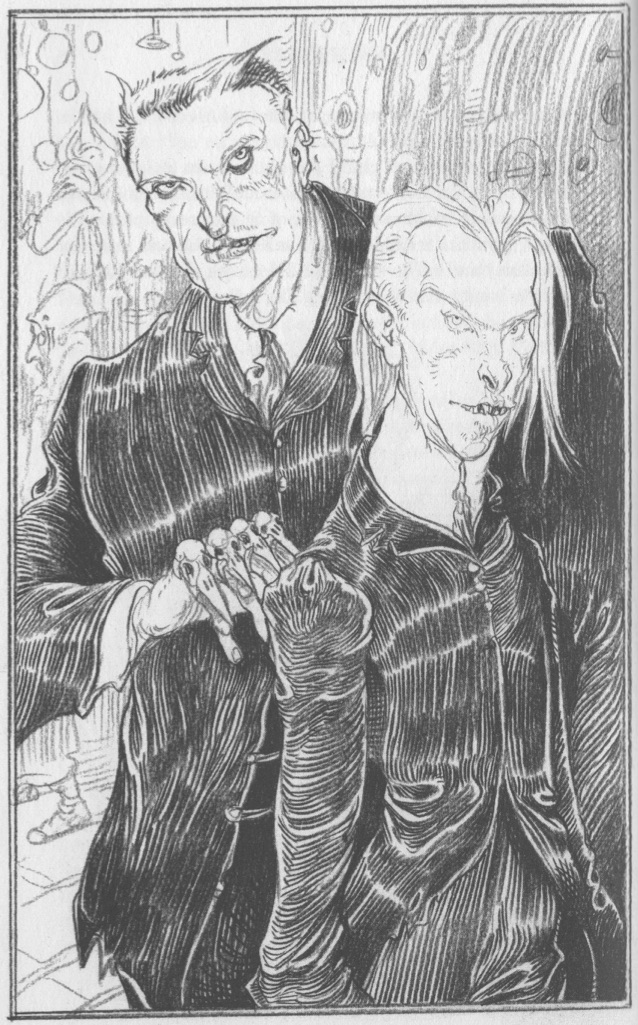
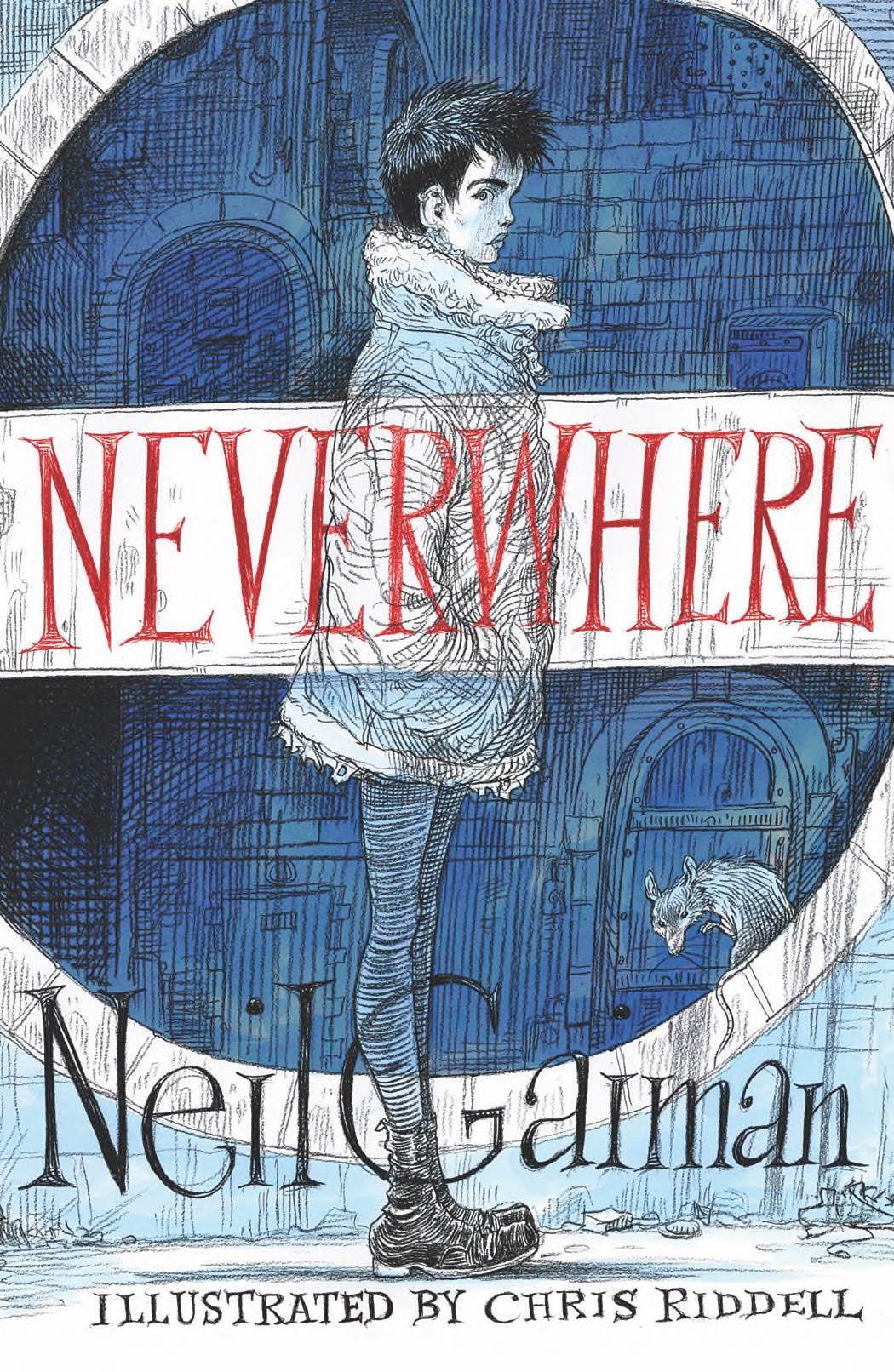
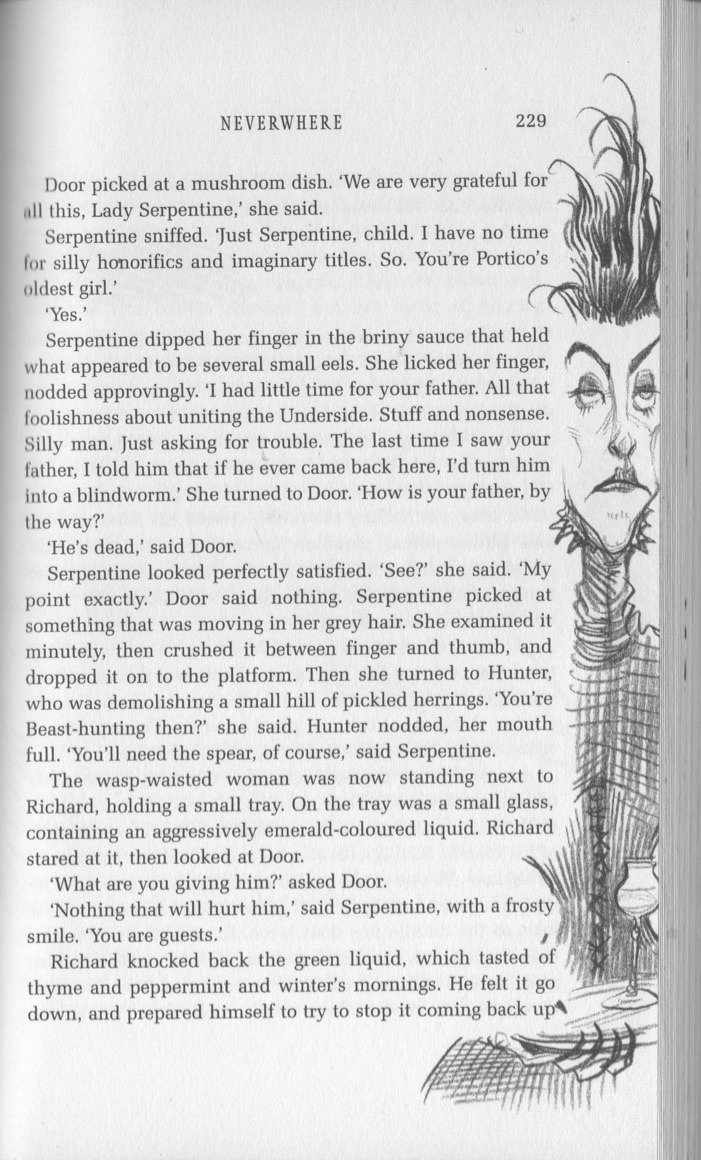

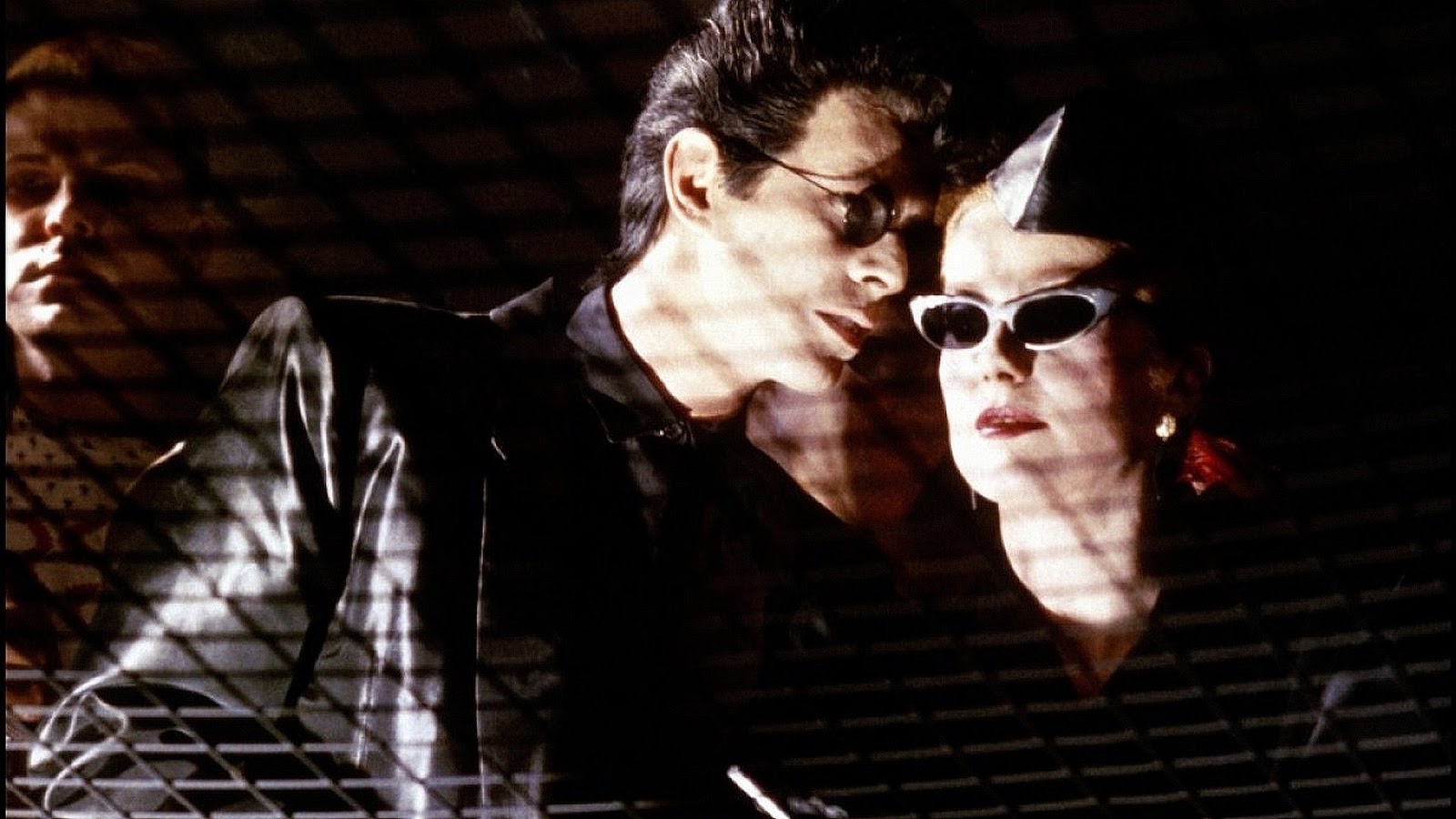
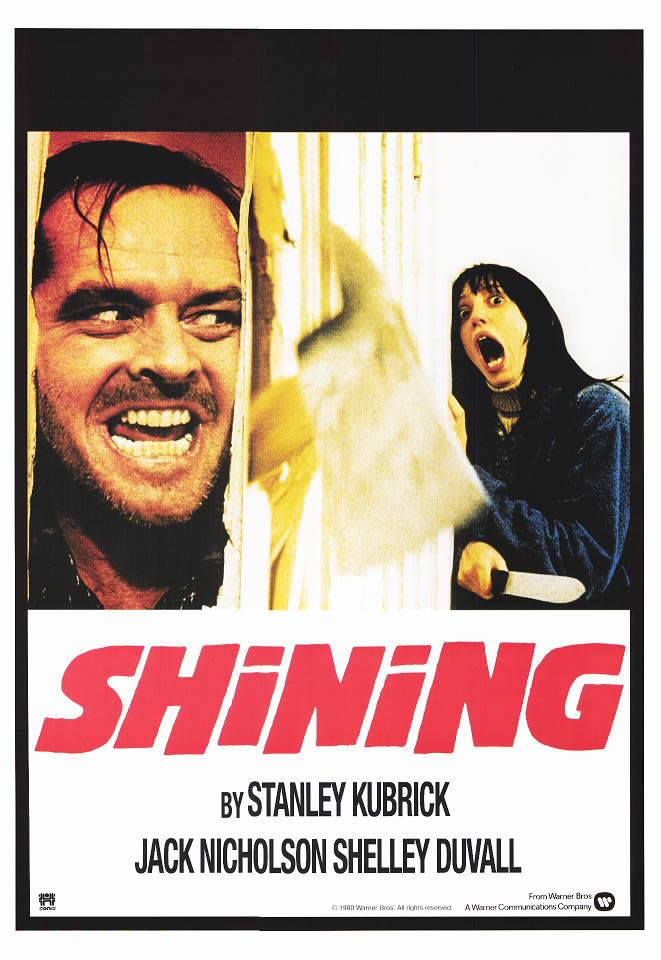

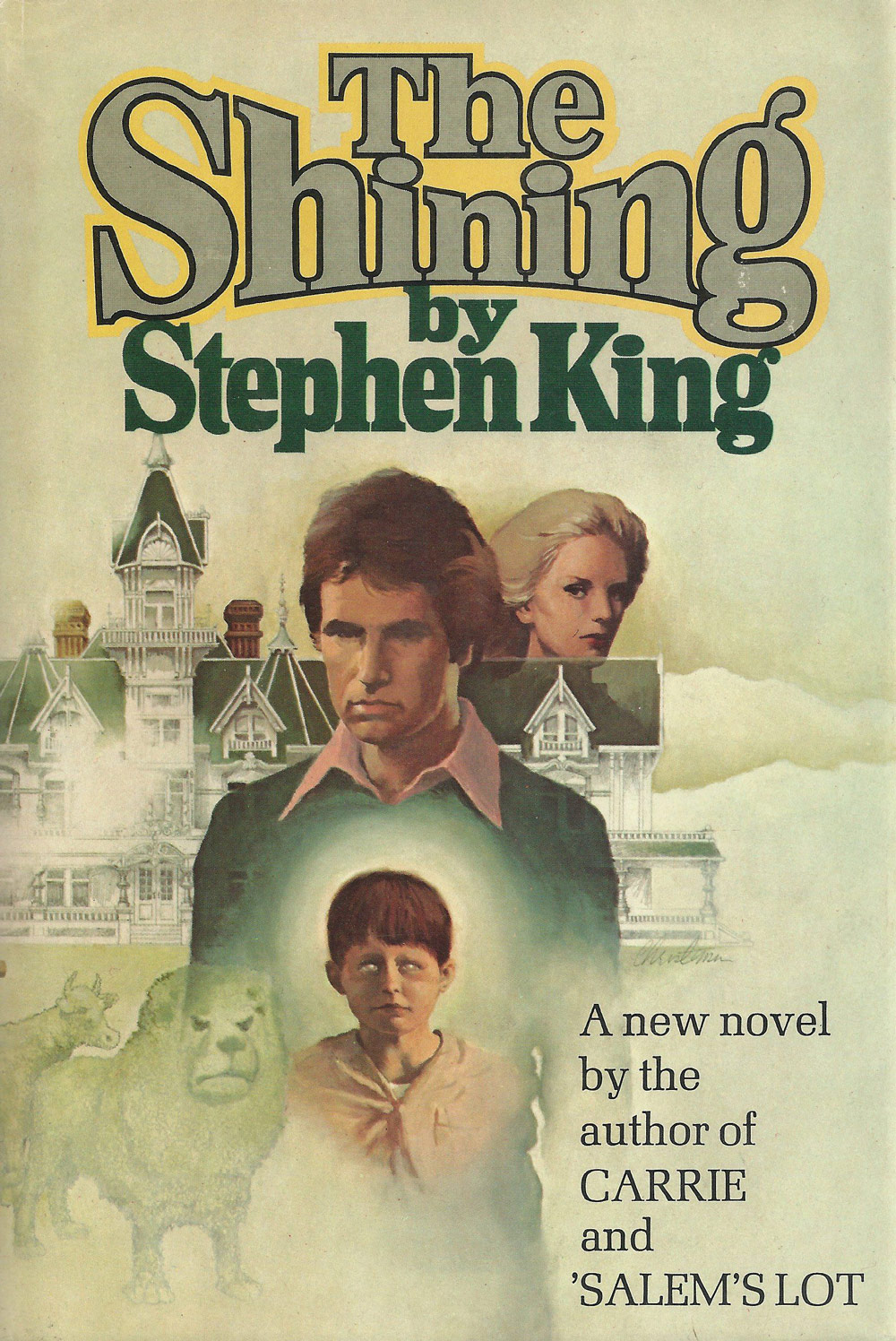






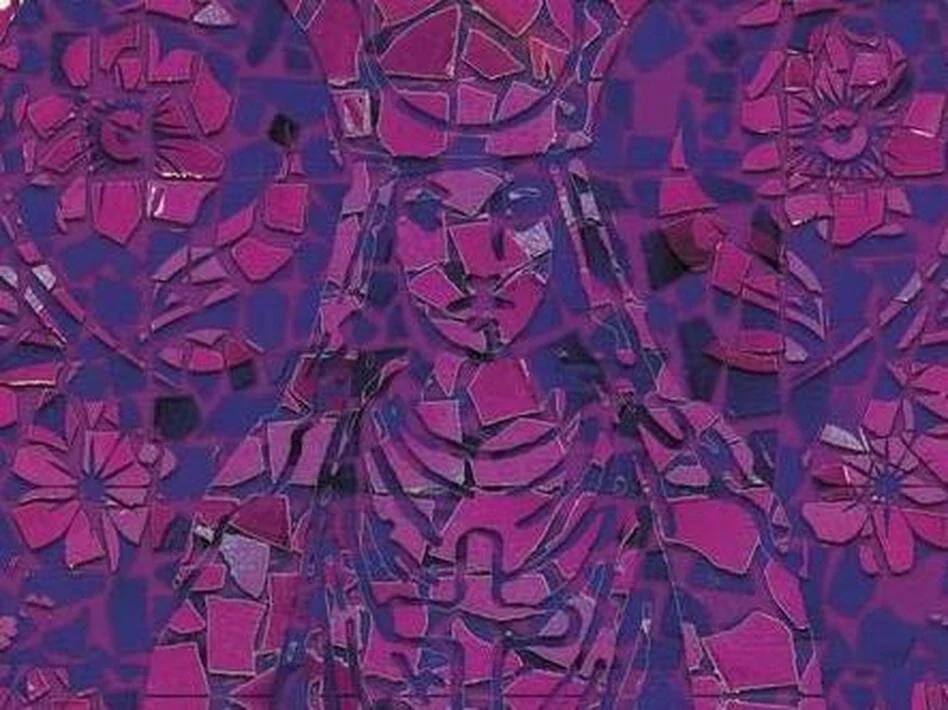



Cadwell Turnbull's new novel — the first in a trilogy — imagines the hard, uncertain work of a fantastical justice.